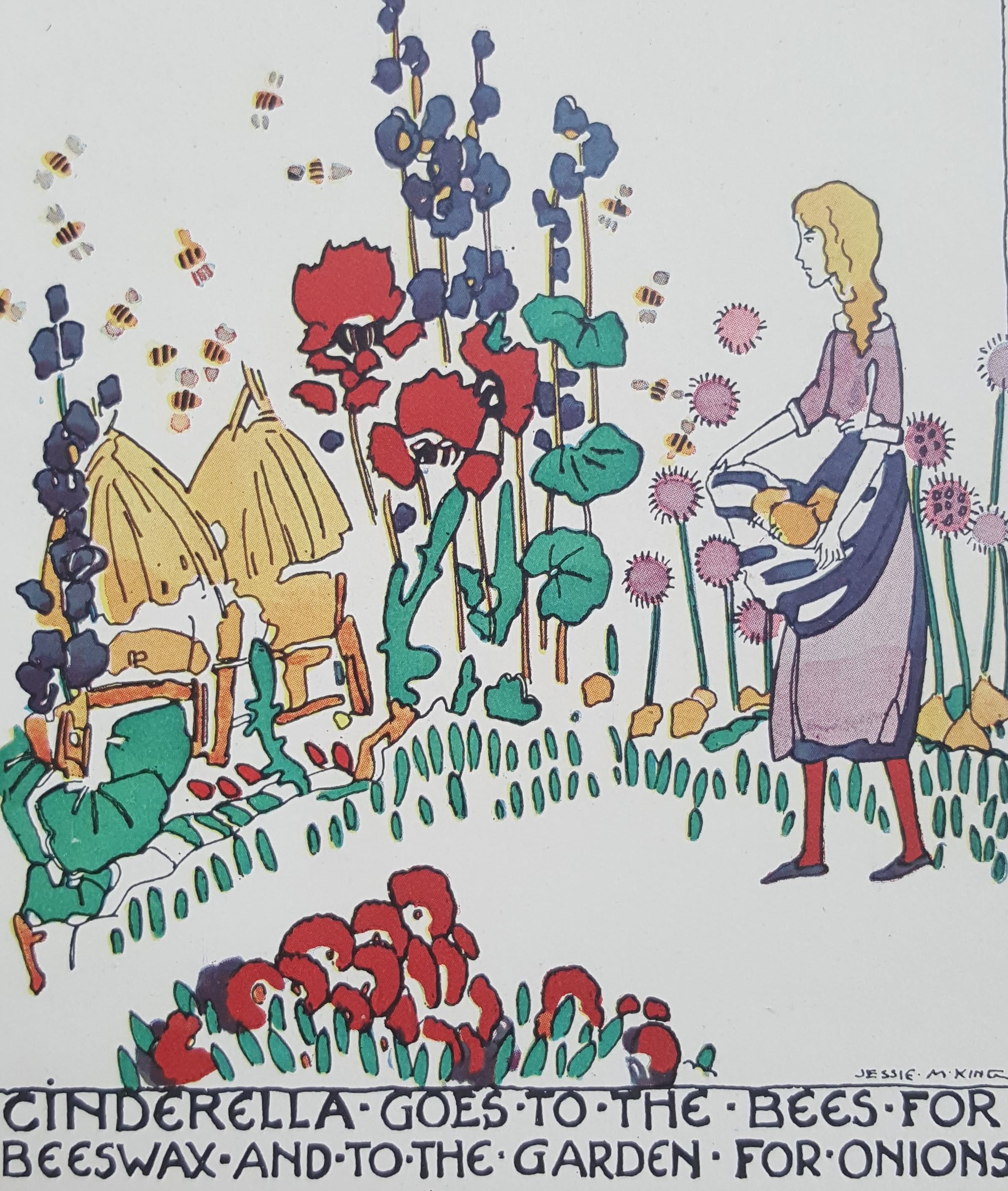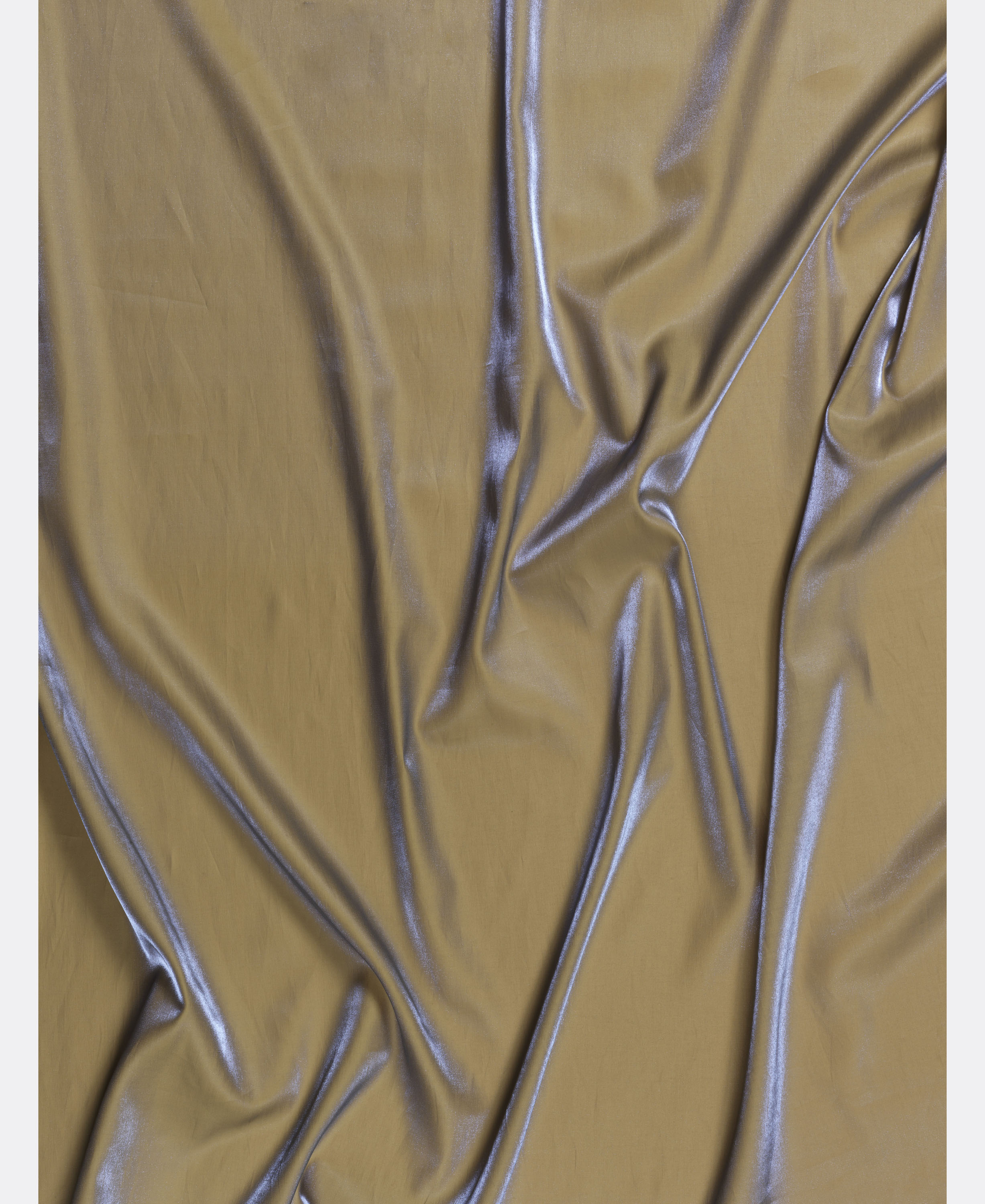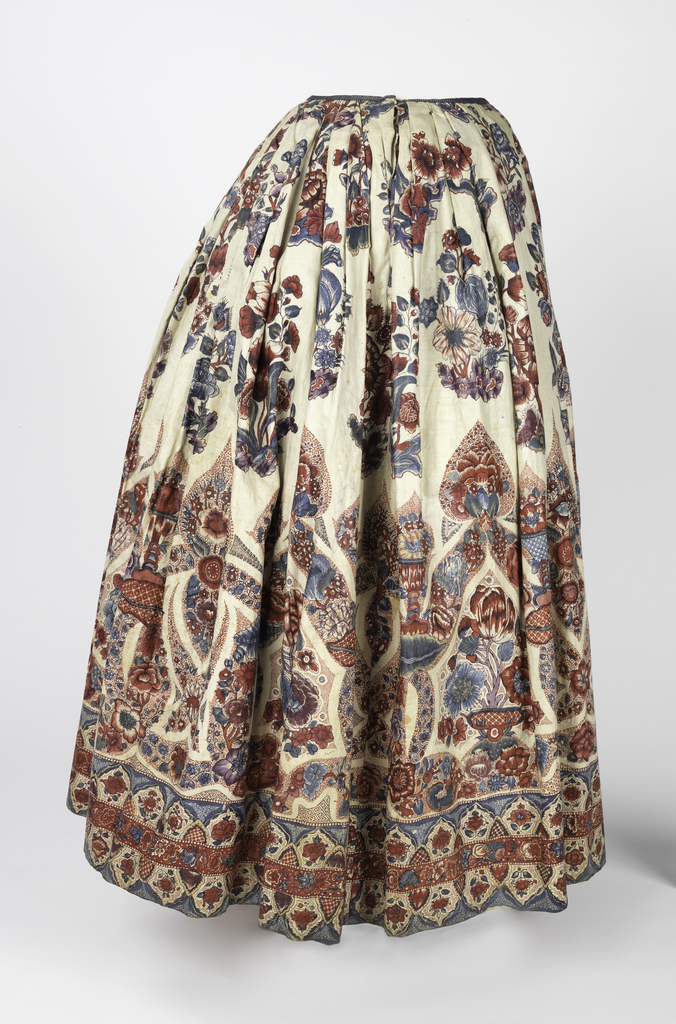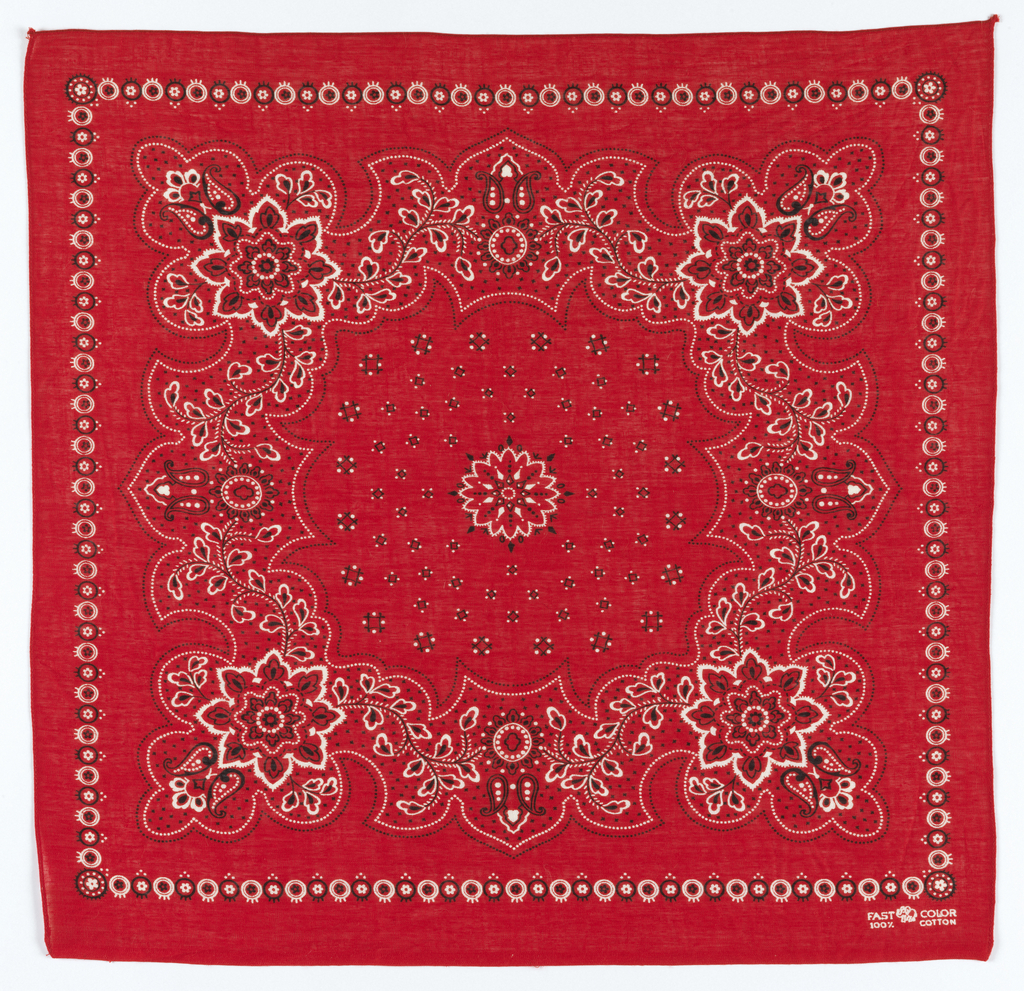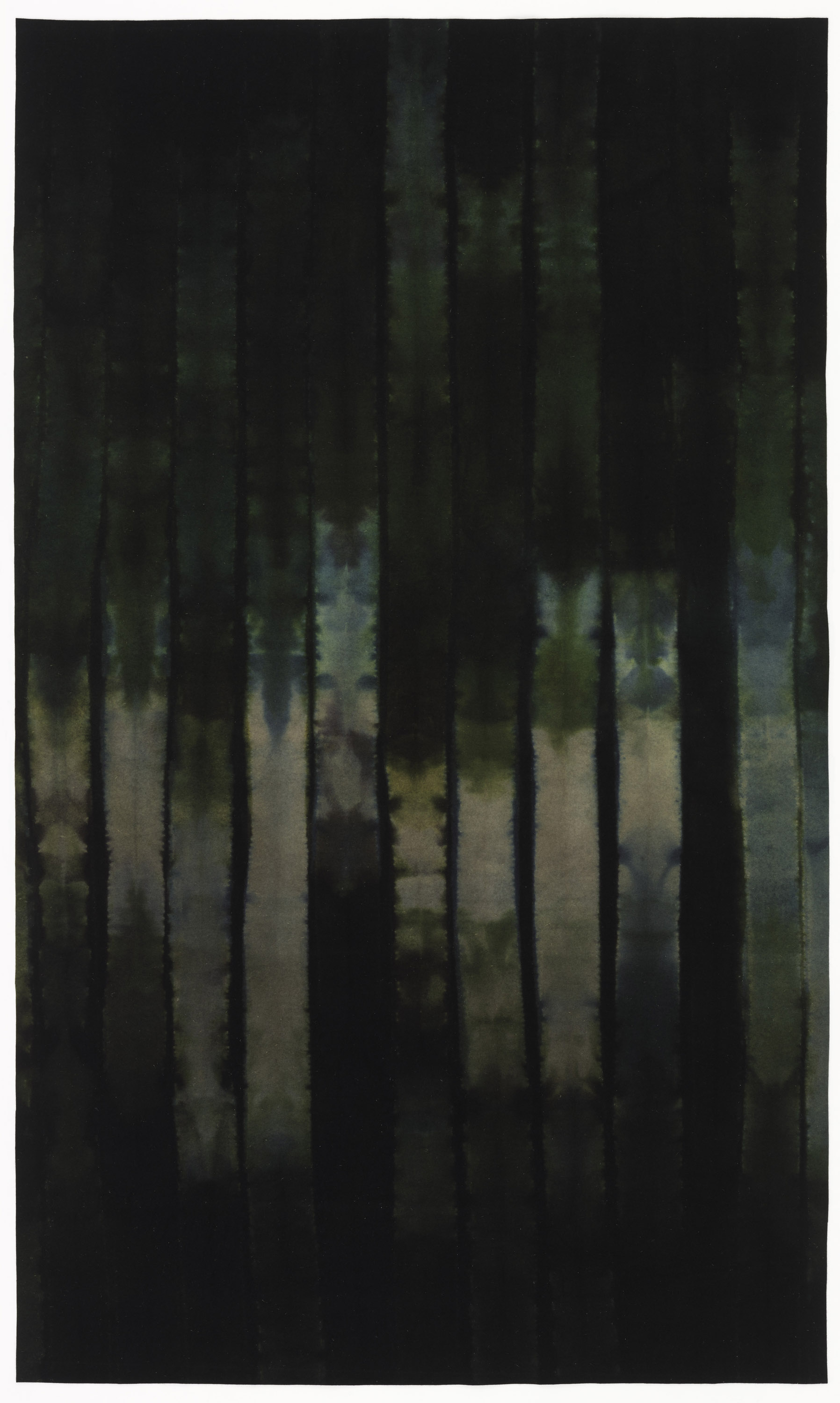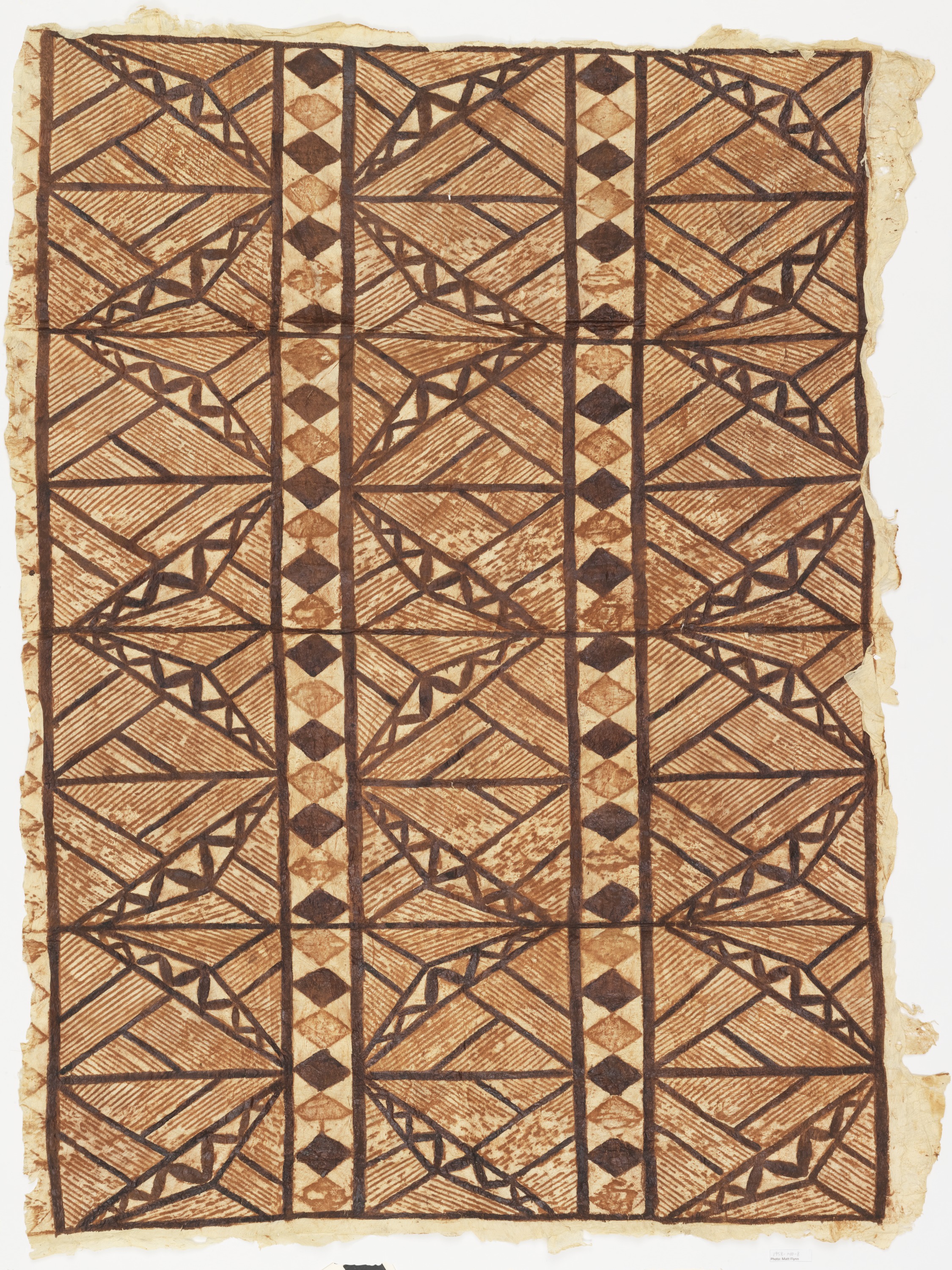At the Cooper Hewitt Museum the study and teaching of design includes learning about the materials and techniques used in designing objects, textiles, and works on paper. The Cooper Hewitt Museum Library collection supports research into the study of design with books that demonstrate and document techniques and materials, the “how to” and “with what”...
In celebration of Women’s History Month, March Object of the Day posts highlight women designers in the collection. Origami Pleat was designed in 1997 by Reiko Sudo, one of Japan’s most important contemporary textile designers and co-founder of Nuno Corporation. The textile is a contemporary interpretation of centuries-old hand pleating. It is made by creating...
From the archives, an Object of the Day post on an example of iridescent design from the collection.
Author: Yoshiko Iwamoto Wada This is a page from the book The Japanese Art of “Kusaki-zome,” Nippon Colours: Dyeing in a Hundred Colours with Juices of Plants and Grasses, by Akira Yamazaki, grandfather of my colleague Kazuki Yamazaki, who is, along with his father, Seiju Yamazaki, among the foremost authorities in Japanese natural dyeing and...
Author: Sylvia Houghteling September is New York Textile Month! In celebration, members of the Textile Society of America will author Object of the Day for the month. A non-profit professional organization of scholars, educators, and artists in the field of textiles, TSA provides an international forum for the exchange and dissemination of information about textiles...
The red cotton bandanna so closely linked to the American west was originally a tie-dyed silk scarf from India, and later the product of a number of European innovations. The Turkey-red process for dyeing cotton a brilliant, wash-fast scarlet red was mastered in Europe in the 18th century, but it was incompatible with printing processes....
In celebration of Women’s History Month, Cooper Hewitt is dedicating select Object of the Day entries to the work of women designers in our collection. In Fluid Green, the Danish textile designer Inge Lindqvist explores her interest in traditional stitched-resist dyeing techniques through the industrial felt medium. Primarily used in Africa, Indonesia, Japan, South America,...
Tapa, a general term used to describe Polynesian bark cloth, is made from the inner bark of the Broussonetia tree that has been hand beaten, scraped, pressed, and patterned to create printed cloth. In Samoa, two methods are used to produce large pieces of printed bark cloth. One method consists of pasting smaller strips of...
From the archives, an Object of the Day post on an example of iridescent design from the collection.
